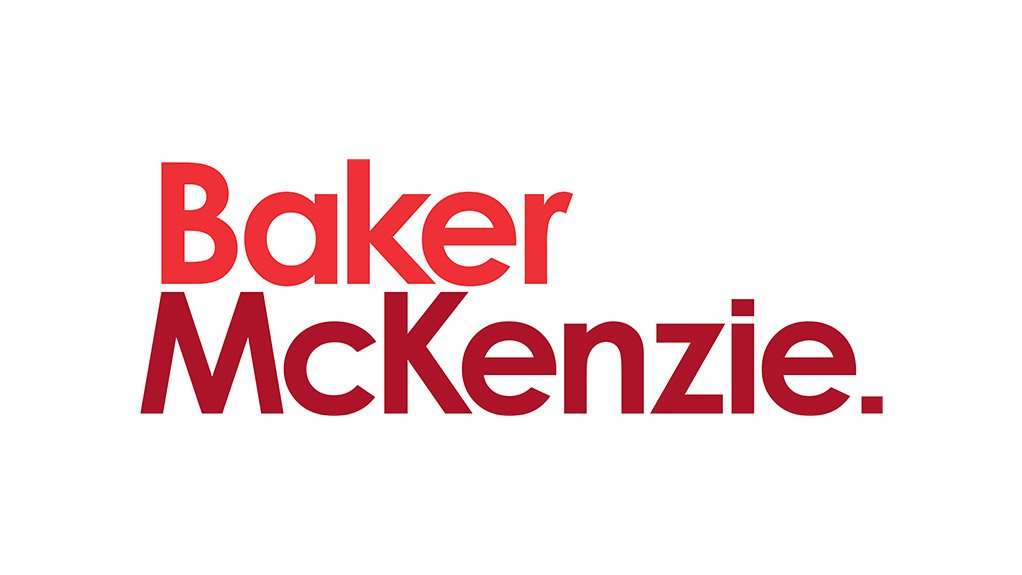A workforce on strike can have an unsettling impact on the corporate image on an organisation. Violent or ill-disciplined strikes can be downright disastrous for both employees and employers. What steps should a prudent employer take in anticipation of looming industrial action by its employees?
As the old boxer told his young sparring partner, “the best way to avoid getting hit in the face is not to get into the ring.” Sound employee relations include avoiding management action that could provoke a strike, where possible. In many instances, miscommunication between employers and trade unions or employees is a major contributor to industrial disputes. World-class companies ensure that effective communication channels exist within the organisation. Such channels include:
- simple, efficient and effective grievance mechanisms
- regular, managed meetings between management and the trade union/s or worker representatives
- regular feedback sessions with employees.
Sometimes industrial action is unavoidable or even necessary. For instance, where workers persistently threaten to go on strike unless the business gives in to their demands, or representatives push an agenda that does not represent the interest of their constituency, controlled and managed industrial action may even contribute positively to future labour peace and understanding. Whilst posturing is arguably part of any collective bargaining process, never-ending threats of industrial action (whether in the form of strikes or lock-outs) are destructive to the fibre of the collective relationship.
Employers seeking to manage the adverse effects of industrial action could consider some or all of the following steps:
- Freshening up strike contingency plans to ensure that the correct contact details for various roles are listed. Rolling out recurring training on the contingency plans will not only allow responsible parties to provide comments on changes required, but will also permit newcomers to understand their roles in the plan. Team members should be allocated critical responsibilities to ensure that everyone knows what to do when the strike trigger is pulled. It is also important to update the contact details of important role-players that may be required during a strike, including after-hours cellular or alternative numbers for trade union leaders, the local SAPS commander, key personnel, attorneys, emergency services, suppliers of replacement labour and so forth.
- Maintaining a strike diary. Allocate one responsible person the task of keeping a strike diary. Advances in technology has made it easier to record events as these roll out. The diary keeper can add hyperlinks to CCTV footage, audio recordings, witness statements or other evidence required for later prosecution. The strike diary should detail the events, including times and descriptions of incidents, participants in the action, possible witnesses, descriptions of damage caused and other relevant information. This will be invaluable in any subsequent court applications, disciplinary hearings or arbitrations.
- Maintaining an updated list of active employees, detailing membership to various trade unions and attendance at the workplace. The list of staff on strike is a critical item in any application to interdict a strike or unlawful action during a strike. Proof of attendance at work is important for various purposes, including payment of salary and possible action due to participation in misconduct.
- Drafting and updating standard forms that may be used during a strike. During every strike an employer will typically issue an ultimatum – have this drafted in advance to allow it to be used with minor amendments to cater for the existing facts. Court notices and affidavits when making application to the Labour Court could also be structured in advance. Notices to the SAPS, neighbouring businesses and employment tribunal could also be prepared in advance.
Employers typically have a fair sense of when their staff are about to embark on a strike. Prudent employers will use the time from the initial signs of unhappiness wisely to limit the harm that may be caused by a strike. Employers should also position the business to take reasonable steps to discipline errant staff who use the right to strike as an excuse for unlawful conduct. Employees generally have a fair sense of whether their employer is prepared to manage the risk posed by a strike. It cannot do the employer’s cause harm if employees know that the employer respects their right to strike, but that it will not be caught unaware when workers exercise this right.
Written by Johan Botes, Partner and Head of the Employment and Compensation Practice at Baker McKenzie in Johannesburg
EMAIL THIS ARTICLE SAVE THIS ARTICLE ARTICLE ENQUIRY
To subscribe email subscriptions@creamermedia.co.za or click here
To advertise email advertising@creamermedia.co.za or click here











